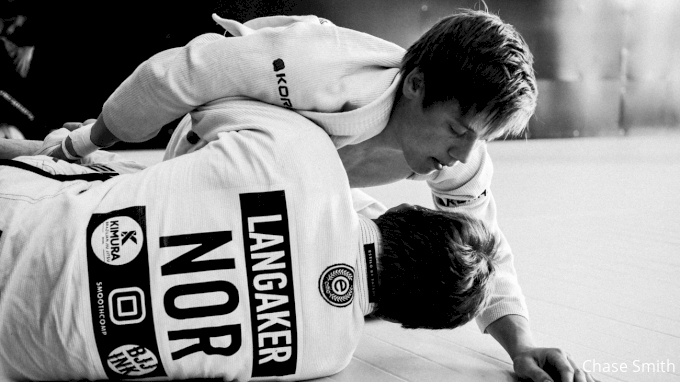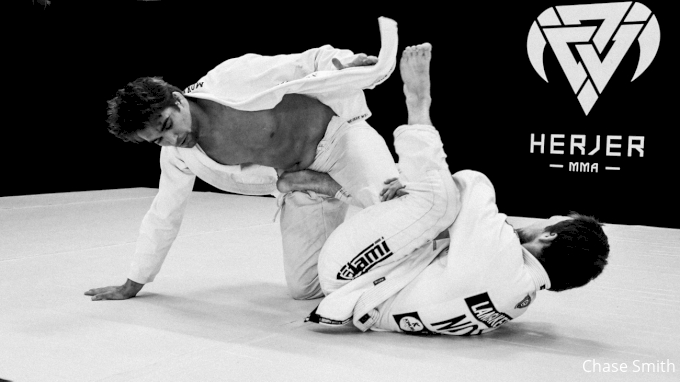Road To Worlds: Kimura / WULFING Training Report
Road To Worlds: Kimura / WULFING Training Report
How are phenoms like Tommy Langaker and Espen Mathiesen getting so damn good at jiu-jitsu while training in literal isolation from the rest of the world?
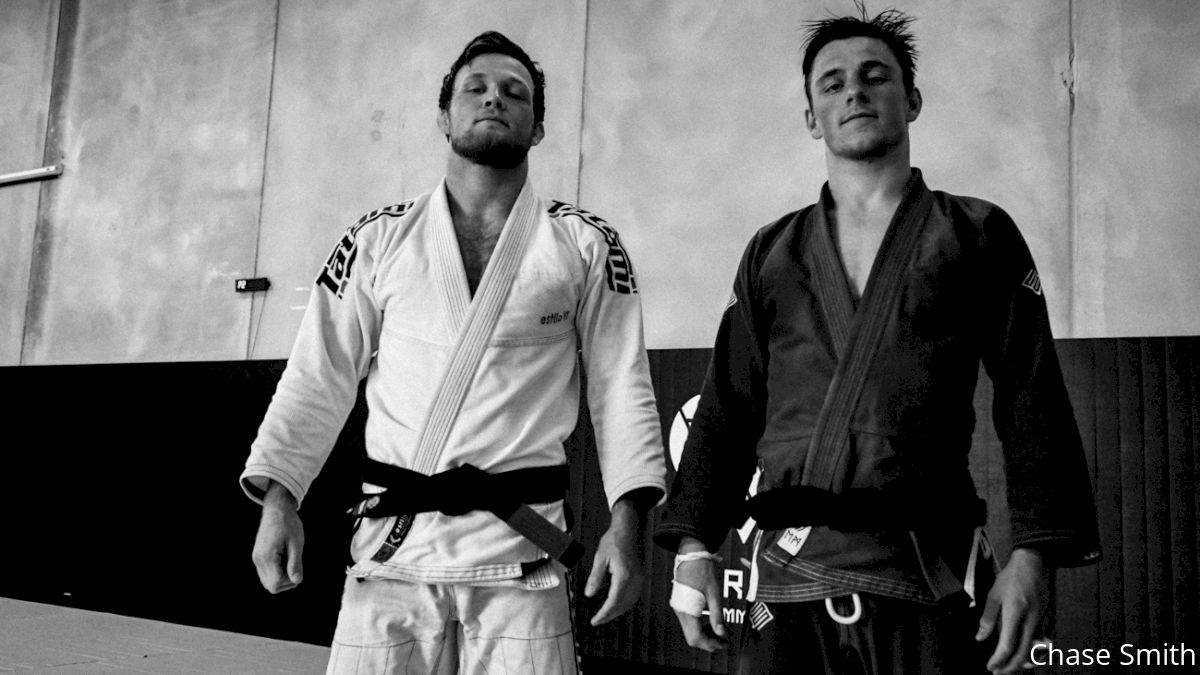
What’s in the water in Norway?
How are phenoms like Tommy Langaker and Espen Mathiesen getting so damn good at jiu-jitsu while training in literal isolation from the rest of the world?
That is the question we set out to answer on this leg of the Road To Worlds tour.
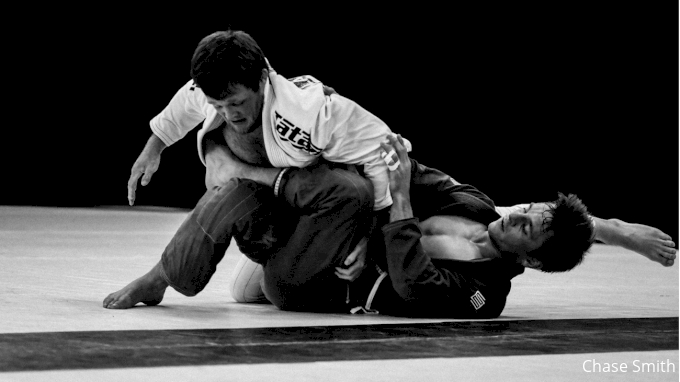
Tommy and Espen in action. Photo Chase Smith
In our recent visit to Herjer MMA in Haugesundt, we found a dynamic mix of leadership within the WULFING team: Though Langaker and Mathiesen are black belts under Jose Carlos of Kimura, they are separated from their coach by two hours of driving time and are mostly to left to their own devices. All athletes in the gym are encouraged to create and develop techniques, and the exchange of information between athletes is a fundamental aspect of WULFING.
However, Langaker and Mathiesen were very keen to stress that Carlos is absolutely instrumental in their continuing development as athletes and competitors heading into the IBJJF 2018 World Championships later this month in Long Beach, CA.
Join PRO to watch the IBJJF 2018 World Championships live and on replay.
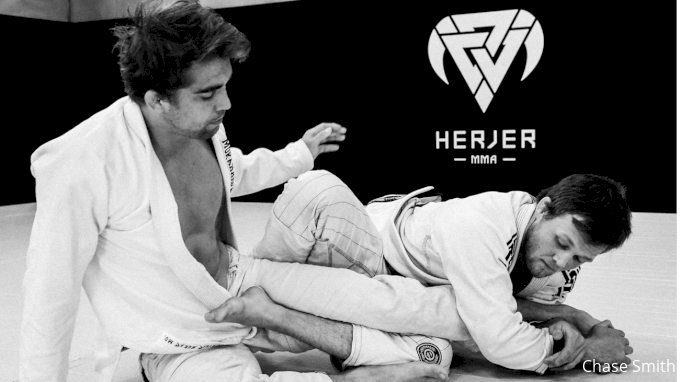
Tommy applies a toehold on WULFING mainstay Vegard Randberg
Opting for a collective approach, the academy heavily relies on self-study of techniques and other athletes and bringing in their ideas to workshop in the gym.
Without further ado, let's jump into a training session with the Vikings!
The Warmup: Active Drilling
After movement drills (front rolls, shrimps, ie: the standards) and stretching, the group then loosened up with active drilling. Beginners practiced basic techniques, such as a scissor sweep coupled with a tornado pass—whereas Langaker and Mathiesen worked a variety of guards, sweeps, and passes.
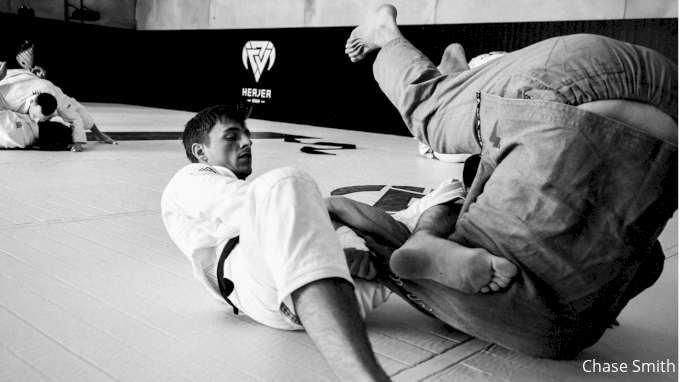
Espen's works his omoplata game. Photo: Chase Smith
All athletes at Herjer were encouraged to not simply rep out techniques mechanically one after another—drilling is present here as an exploration of techniques. Instead, one should be mentally engaged in the nuances of the position and try to be "present in the moment" at all times.
For the more advanced athletes, this meant chaining together new combinations, attacks, and movements in their sequences.
Step Two: Hard Drilling / Positional Sparring
Though the lads called this portion of the training drilling, to our eyes it more closely resembles positional sparring. In any case, it's was an amplified, more intense version of drilling seen moments earlier: One athlete will try to sweep and then pass, while the player on the bottom resisted.
The degree of resistance appeared to be about 60-80 percent. It’s not full-on sparring, but it’s damn close.
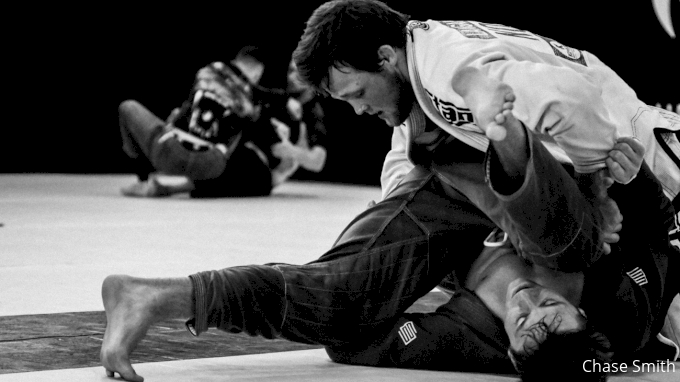
Espen's flexibility is something that's truly impressive to witness. Photo: Chase Smith
In some aspects, this type of training is absolutely more grueling than a normal roll—there’s no resting in side control, on the back, etc. It's always a grind, for either player, and the results show in Langaker's and Mathiesen's seemingly unlimited gas tanks.
Part Three: Herjer
Herjer, loosely translated, means "to ravage." It is the Nordic equivalent of "Porrada," and these boys do it well. This class saw nine rounds of six minutes. Langaker, Mathiesen, and Vegard Randberg sought each other out repeatedly—also taking time to demolish FloGrappling team members Reid and Chase (your author) and the colored belts of the class.
No secrets here in Norway, just hard training and a iron will.
